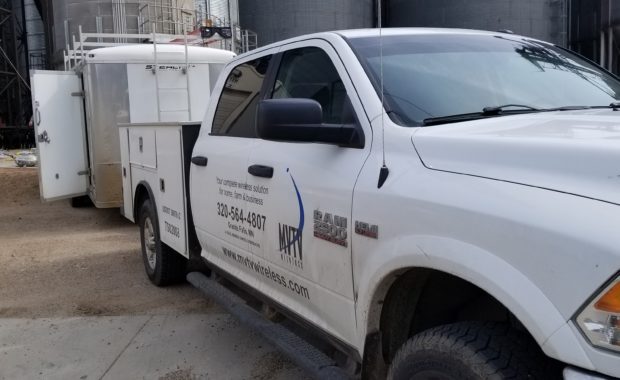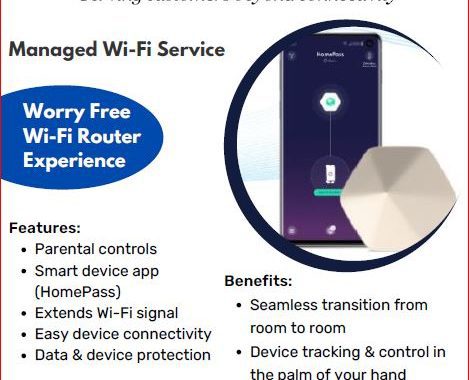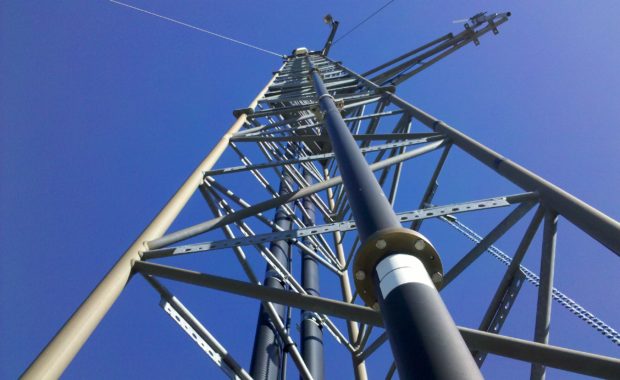MVTV is aware of a recent phishing email that has been sent to our members. Please do not click on the ACCEPT TERMS links. Here is an example of the
MVTV Now Serving In-town Canby, MN
Serving In-town Canby MVTV Wireless Internet is proud to announce, service is now available to Businesses and Residents within the town of Canby and
Managed Wi-Fi Features & Benefits
Welcome to the MVTV Network
We would like to welcome the following communities to the MVTV network service area! Amboy Amboy is a city in Blue Earth County, Minnesota,
Why are my Emails going into Spam?
Have you noticed that some of your regular emails have not been arriving to your inbox? With so much cybercrime many email platforms have ramped up
Press Release – MVTV Wireless Internet offers greater value
Press Release 10:00AM May 28th, 2021 MVTV Wireless Internet has announced the launch of their new Residential Broadband Internet Service
MVTV Wireless Internet is one of the “World’s Greatest!…”
MVTV Wireless Internet airing on "World's Greatest!..." TV Show Boynton Beach, FL----How2Media, the producers of the television show
Continuing to Grow One Access Point at a Time
MVTV Wireless Broadband Internet Service Area Expands: MVTV has been providing reliable and affordable highspeed Internet service to areas in Central
Be Aware of Spam Emails
We have been made aware of a possible spam email that appears to be coming from MVTV Wireless. If you receive this, or any other suspicious email,








